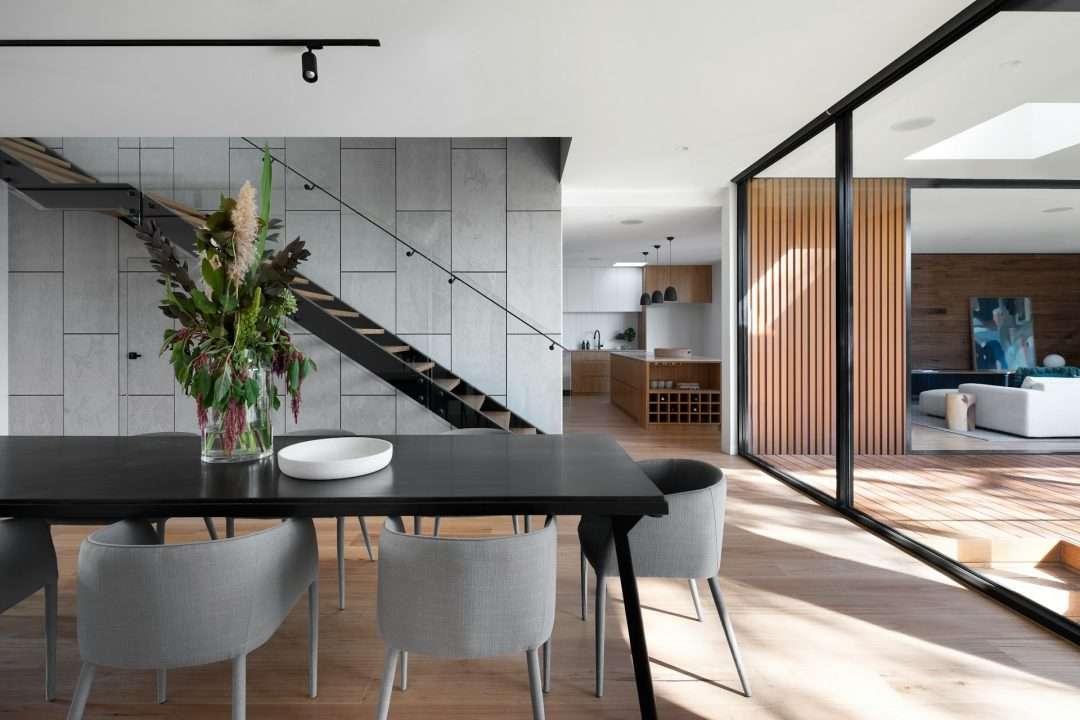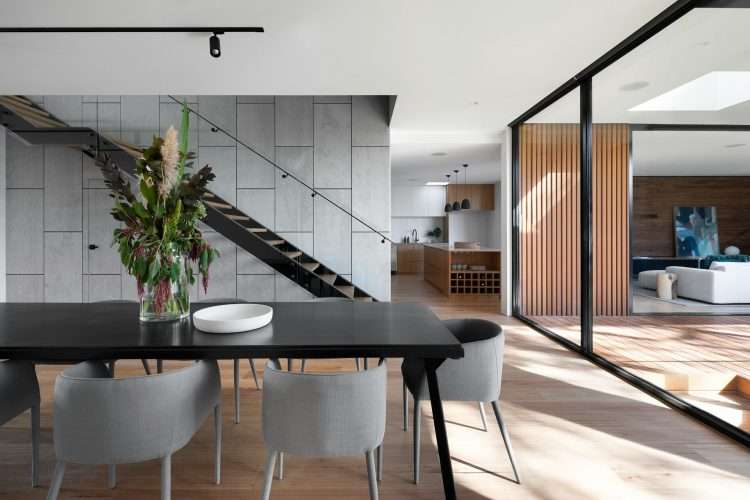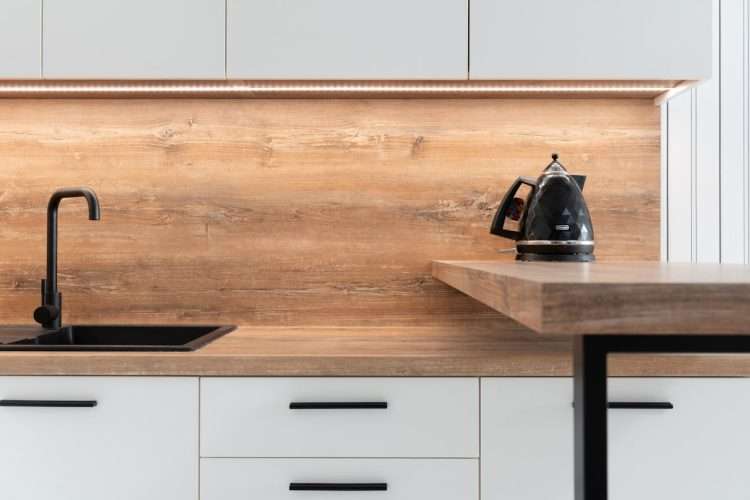Your living room is the central hub of your home. It’s where you relax after a long day, host gatherings, and spend quality time with loved ones. But if your living room is feeling a bit lacklustre, it might be time for a makeover.
In this article, we’ll explore a variety of strategic improvements that can elevate the look of your living room. From furniture arrangement to lighting solutions, we’ve got you covered. Whether you’re a DIY enthusiast or an interior design lover, these tips and tricks will help you create a space that’s both functional and stylish.
Assessing Your Living Room
Before you start making changes, it’s important to assess the current state of your living room. Take a step back and look at the overall layout. Identify the focal points, such as the fireplace, a large window, or a piece of artwork. Notice the traffic flow and how people move through the space. Are there any areas that feel cramped or cluttered? Make a list of the elements that need improvement.
Next, consider the functionality of your living room. Is it serving the needs of your household? Think about how you use the space and what changes could make it more efficient. For example, if you frequently entertain guests, you may want to create more seating or add a bar area.
Finally, evaluate the overall aesthetic of your living room. Does it reflect your personal style? If not, think about what changes could bring it more in line with your taste. This could include updating the colour palette, adding new accessories, or incorporating DIY projects.

Strategic Furniture Arrangement
One of the most impactful changes you can make to your living room is rearranging the furniture. Start by considering the focal point of the room and arrange your furniture in a way that highlights this feature. For example, if you have a fireplace, position your seating around it to create a cosy conversation area.
Maximise space by arranging furniture to create clear pathways. Avoid placing large pieces in high-traffic areas, as this can make the room feel cramped. Instead, use smaller furniture, like side tables and ottomans, to fill in gaps and add functionality.
Consider the flow of conversation when arranging your furniture and place seating in a way that encourages interaction, such as arranging chairs and sofas to face each other or using a round table over a square one. This makes the room feel more inviting and comfortable for guests.
Choosing the Right Colour Palette
The colour palette of your living room sets the tone for the entire space. When selecting colours, consider the lighting in your room. Natural light can make colours appear brighter, while artificial light can have the opposite effect.
Next, think about the mood you want to create. Soft, neutral tones can make a room feel calm and serene, while bold, vibrant colours can add energy and excitement. Don’t be afraid to experiment with different shades and combinations.
Use the 60-30-10 rule when choosing your colour palette. This means 60% of the room should be your main colour, 30% should be a secondary colour, and 10% should be an accent colour. Using this ratio will create a professional finish.
Accessorising for Impact
Accessories can make a big difference in the look and feel of your living room.
Start with artwork. Choose pieces that reflect your personal style and complement your colour palette. Large, statement pieces can serve as focal points, while smaller pieces can be grouped together for a gallery wall effect.
Rugs are another great way to add personality to your living room. Choose a rug that complements your colour palette and adds texture to the space. Pair them with modern coffee tables to create a cohesive look. Consider layering rugs for added depth and interest.
Plants are a simple yet effective way to bring life into your living room. Choose a variety of sizes and types to create a lush, vibrant look. Place them in decorative pots that complement your décor.

Lighting Solutions
Lighting significantly influences the ambiance and aesthetics of your living room. Start with overhead lighting; a statement chandelier or pendant light can serve as a focal point, adding drama to the space and warmth and depth to your living room, making it feel cosy and inviting.
Incorporate task lighting for specific activities like reading or working. Floor lamps and table lamps are excellent choices, providing both functionality and style. Select fixtures that complement your décor while offering sufficient illumination for their intended purpose.
Don’t overlook ambient lighting, which includes accent lights such as wall sconces and under-cabinet lighting. These elements enhance the overall atmosphere, creating a warm and inviting environment.
Final Touches
After completing the major improvements, it’s time to add the finishing touches. Begin by fine-tuning the details: rearrange accessories, fluff pillows, and straighten artwork.
Next, conduct a final evaluation of your living room. Walk through the space to ensure everything feels balanced and cohesive. Make any necessary adjustments to ensure the room looks and functions just as you envision.
Finally, step back and admire your handiwork. You’ve transformed your living room into a stylish and inviting space that truly reflects your personal style.





Comments
TEsQHcGlNXMcppmG
syrjPCpUxGAlPlfLGan
TEsQHcGlNXMcppmG
syrjPCpUxGAlPlfLGan
TEsQHcGlNXMcppmG
syrjPCpUxGAlPlfLGan